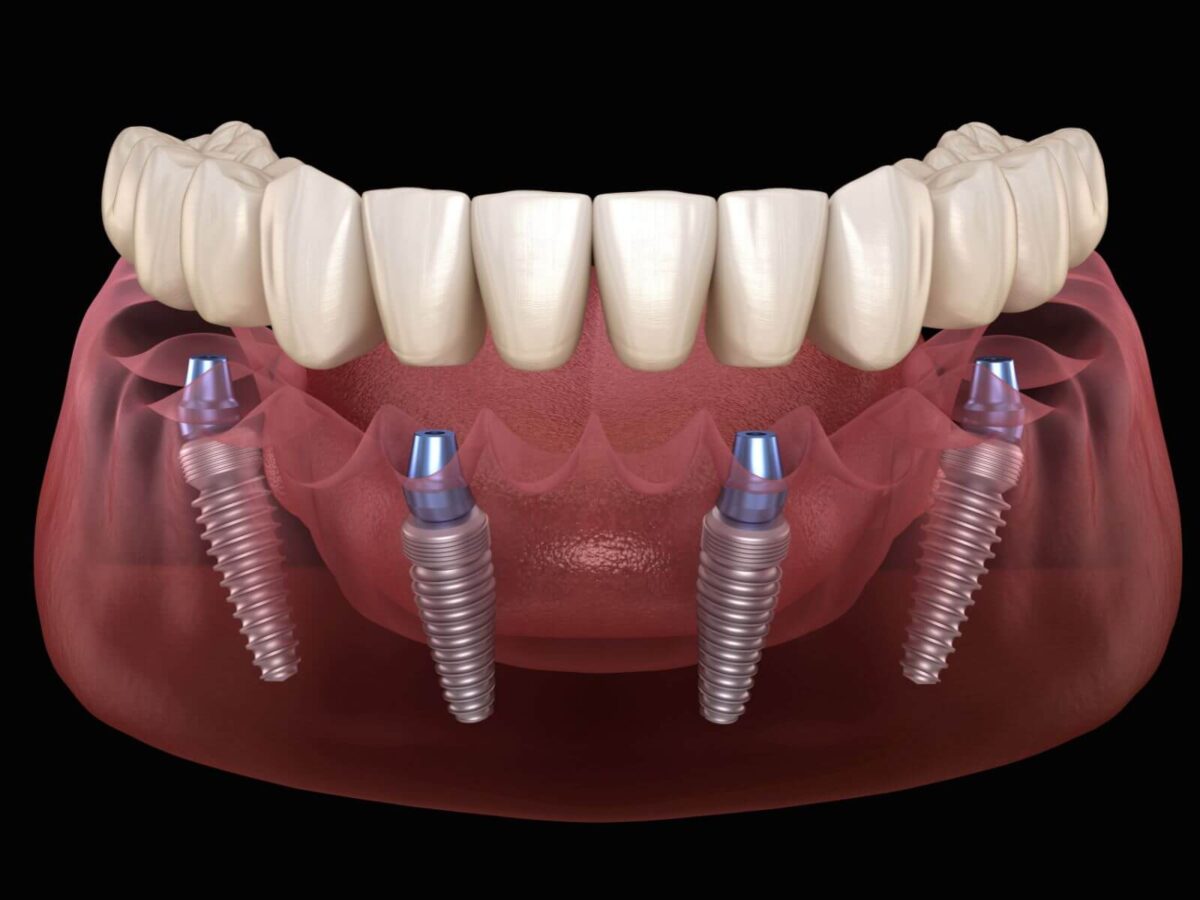Blog
Dental hygiene tips for healthy teeth & gums

Determining Which Type of Dental Implant Is Right For You
The various consequences that affect people with missing teeth include low self-esteem, feeling insecure, avoiding smiling, and social seclusion. Losing teeth can also contribute to issues with chewing, eating appropriately, and even digestion of the foods that one consumes.
If you have one or more teeth missing, it is almost certain that your dentist or oral surgeon will recommend some form of dental implant. Below is some information on dental implants that will help you understand the procedure before the dental assessment. At Potranco Road Dental Office TX, we understand the impact missing teeth can have on your confidence, oral health, and overall quality of life.
Learning More About The Dental Implant
To know which of the implants is right for you, you must know the various sorts. A dental implant is a device to fill the gaps of your missing or damaged teeth where the tooth and supporting root are missing. In essence, a dental implant is an artificial tooth that can help provide a complete set of teeth and support for gums and jawbone. You may need an implant if bad teeth are missing when chewing foods or speaking coherently.
Contemporary technologies make it possible to restore dentition with one tooth or several teeth missing. The best news about such devices is that they have a long service duration, up to a lifetime, if appropriately maintained.
Need For Dental Implants
Not only does a missing tooth cause aesthetic problems in the mouth, but it has immense effects on dental health. When there is a gap, the teeth adjacent to it will shift to fill the space, which will likely cause a change in the position of your jaw, predispose you to gum diseases, and cause loss of bone in the jaws.
Dental implants are almost as healthy and as good as your natural teeth as possible. They enable people to do what they wish – to eat, smile, laugh, speak, and perform all their functional tasks to the teeth without concern. They mimic your normal teeth’ appearance, texture, and performance.
Types of Dental Implants
Various kinds of implants are on the market to meet these functions and address specific contexts. It’s important to discuss with a dentist to learn the kind of implant that would be required in your situation.
Endosteal Implants
The endosteal implant is one of the most frequently used implants today. Some of the benefits include stability and durability.
- They can be made of titanium ceramic or any other material.
- From a structural perspective, it sits directly on the jaw’s bone and may be referred to as a fixed prosthesis.
- Provide appropriate bone density and volume.
- Suitable for people with healthy gum and teeth and healthy bone mass to support the implant.
Subperiosteal Implants
The second type of dental implant is a subperiosteal implant. Located below the gum but above the jawbone, they’ll last a lifetime when properly cared for.
Here are some of its features:
- Provide early and easy placement and less invasive surgery
- They are firmer than endosteal implants but not as stable and may cause certain infections.
- Suitable for patients with thin jaws or candidates who cannot be allowed to receive dental implant surgery.
Things To Look For When Selecting A Dental Implant
Selecting a dental implant can be daunting because various aspects must be considered. Some of these include bone density, the child’s oral cavity health, the patient’s preferences, the amount spent, and the dentist on the specific case.
Bone Density and Quality
Implant selection is greatly influenced by bone density, where a specific type of implant is most appropriate for anyone. Implant surgeons may need to carry out some form of bone augmentation depending on the patient’s bone density or bone quality of the area where implants will be placed. These other processes assist in creating a sufficient amount of bone that is more native and natural and can support the implant and healing. The implant is weak or fails at the attempt if there is insufficient bone.
Oral Health Status
Implant placement is a procedure that should be followed by good oral health of the patient. Periodontal disease and other oral disorders may determine whether the implant process will be successful. The surrounding gum and teeth may also be involved in placing the implant; hence, any previous problems must be treated appropriately. This may require further treatment, including scaling or root planning, to ensure that the gums are healthy and, therefore, capable of supporting the implant.
Aesthetic Preferences
Another factor that influences the decision to choose a dental implant is aesthetics. The final restoration, for instance, the color, shape, and size of the crown that is required to be placed, may be determined by the nature and type of the implant. Once one has decided on the materials required, different designs can be made to suit the patient’s preferences.
Budget and Insurance Coverage
Orthodontic Dental Implants may be pricey, and the cost depends on the implant used. Patients should also be aware of the cost of the implants. Types of implants include implant-supported bridges or single-tooth implants, where the amount charged may vary. Knowledge of insurance coverage and out-of-pocket expenses would determine the appropriate type of implant to be used by the patient.
Final Thoughts
The selection of the dental implant is a mutual decision between the patient and the dental technician. Pre-surgical, surgical, post-surgical, and follow-up care all significantly determine dental implants’ viability and longevity.
Overall, recommendations regarding the types of implants, the bone condition of the recipient, general health condition, size/shape implications, and the necessity for maintenance will allow people to make better decisions for their oral health.
See your dentist at Potranco Road Dental Office now and know which dental implant suits you.


